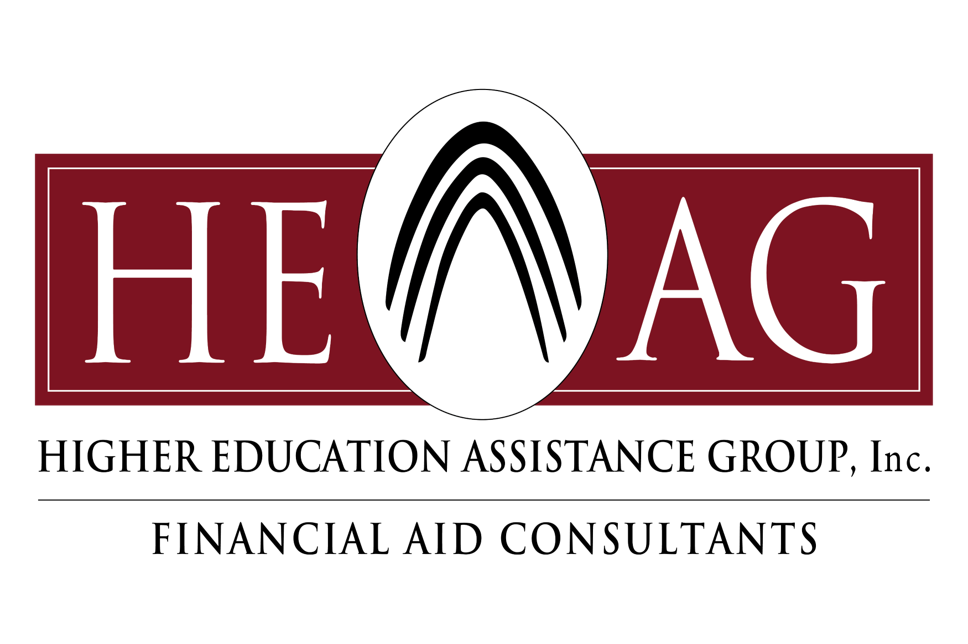
We spent another year operating under the cloud of the ongoing global pandemic, but with widespread eligibility for and access to vaccines, life got a little more ‘normal’ in 2021. The year began with a new president, which meant a new Secretary of Education (Miguel Cardona was confirmed by the Senate in March). One of the first steps President Biden took was to extend the federal student loan payment pause until October 1 (it was due to expire at the end of January.) It was later extended until February 1, 2022. Higher Education was one of the priorities in the American Rescue Plan that was signed into law in March and institutions received nearly $40 billion from the Higher Education Relief Fund III.
The summer was relatively quiet until two long-time servicers in the Federal Direct Loan program, FedLoan Servicing and Granite State Management & Resources, announced they would not be renewing contracts expiring at the end of the year. Navient would later announce its exit from the program as well leaving the Department of Education only a few months to transition 16 million borrowers to new servicers. In November, FedLoan Servicing agreed to a one-year contract extension to give more time to find a new processor for both the Public Service Loan Forgiveness (PSLF) and TEACH Grant programs as well as to transition the 8.5 million borrowers they currently serve.
In the fall, schools welcomed students back to campus (provided they were properly vaccinated and/or willing to test regularly for COVID-19.) We also learned of sweeping, if temporary, changes to the Public Service Loan Forgiveness program that will allow more borrowers to qualify. (See our blog for the details.) The Department of Education committed to continuing to take steps to improve the program to deliver on the promise of debt relief for those serving the public good. The Department also continued its quest to simplify the Free Application for Federal Student Aid and announced in September that for 2022-2023 there would no longer be a need to document high school completion as part of the verification process.
Now that we’ve reached the end of the year, a new variant of COVID-19, Omicron, is spreading quickly throughout the U.S. (and the rest of the world!) and several institutions have had to cancel events or even close campuses due to outbreaks. So, clearly, we’re not out of the woods yet. Let’s hope 2022 brings us a little closer to ‘normal.’
From all of us at the Higher Education Assistance Group, happy holidays and have a safe and healthy new year!




